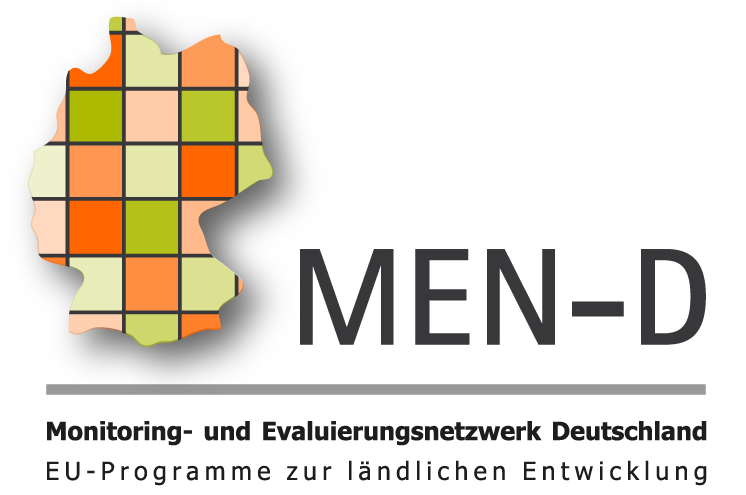The implementation of the CAP 2014-2022 will be measured against a set of indicators that covers all policy areas and provides information at various levels.
Output indicators report on the degree of activity of a policy measure (e.g. the number of projects funded); they are linked to individual policy interventions. For more information see the rural development (Pillar II) output indicator fiches:
|
working-document-rd-monitoring-implementation-report-tables_en.pdf |
Result indicators measure the direct, immediate effect of the policy measure (e.g. the number of jobs created), in relation to the specific policy objectives:
Impact indicators look at the effect in the longer term (e.g. rural unemployment rate). Overall, impact indicators are linked to the general objectives of the CAP:
Context indicators reflect relevant aspects of the general contextual trends in the economy, environment and society that are likley to have an influence on the implementation, achievements and performances of the CAP:
A set of 45 indicators has been identified to describe the general context in which policy measures are designed, planned and implemented. They form part of the monitoring and evaluation framework for the CAP 2014-2020 and are used in rural development programmes for a comprehensive overall description of the current situation of the programming area.
The European Commission provides an annual update of data (subject to availability) for these indicators:


